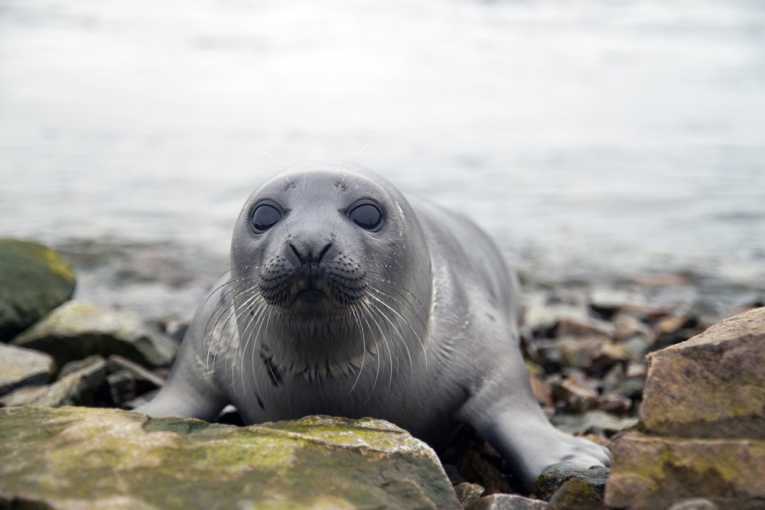The concept of supply and demand is simple enough to understand, but when the product in demand is seal skin, providing the commodity is less easy to comprehend. Despite successes by pressure groups around the world, the trade in seal-based products continues to this day. Bans on seal product imports in the USA and EU in the 70's and 80's reduced the market considerably, but countries such as the Russian Federation, Kazakhstan and Belarus have continued to allow trade in Canadian seal skins and Canada has continued to meet the demand. Up to 90% of these skins ended up in Russia, even though Russia no longer hunts seals on a commercial basis domestically.
Happily, Canadian exports have been drying up. 2006 saw pelt exports worth 16.4 million Canadian dollars but by 2010 this had dropped to 0.8 million dollars. The number of seals "landed" has dropped from 362 in 2004 to 67 in 2010.
A possible final nail in the coffin for the Canadian Seal industry is that Russia, Belarus and Kazakhstan have taken the decision to ban both the import and export of harp seal pelts.
The IFAW (International Fund for Animal Welfare) applaud the decision. Director of IFAW Russia, Masha Vorontsova, referring to the news in context with the 2009 ban on domestic harp seal hunting, commented, "We are extremely pleased that the Russian government has taken the next logical step by banning all trade in harp seal pelts from other countries as well."
The step is seen as another success for IFAW, an organisation that has campaigned for bans such as this for several decades. It has worked to reveal the often shocking killing of seals, including pups, to the public and to governments around the globe.
With involvement in bans and restrictions in countries such as South Africa, the Netherlands and Belgium, as well as the awareness campaigns run around the globe, this can be seen as another success for IFAW and similar groups, working to save these animals from unnecessary suffering and slaughter.










